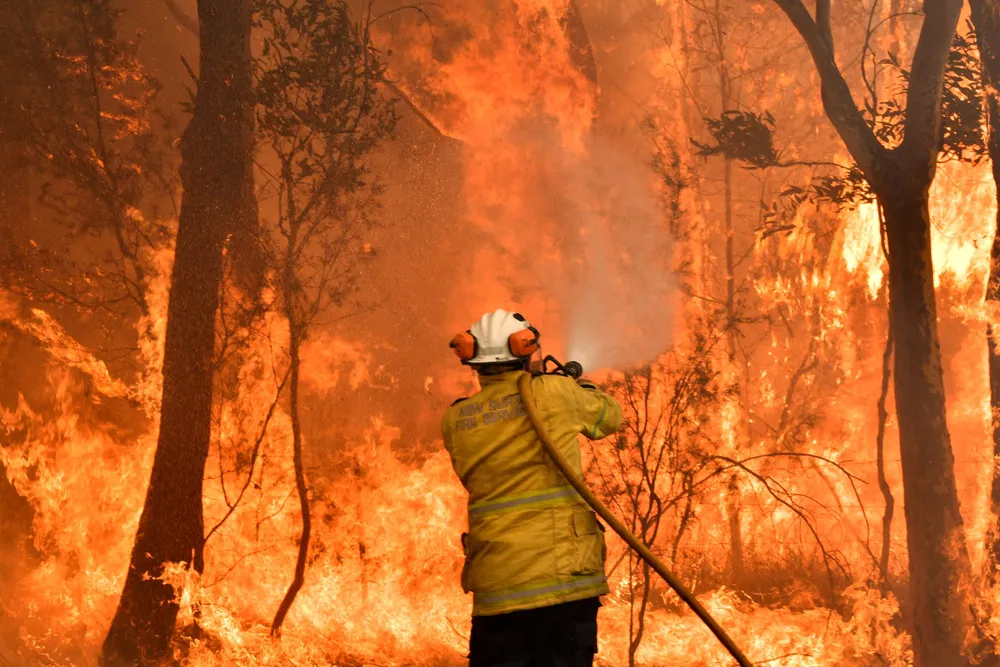'Act now, you idiots': Australian green groups call for action in wake of IPCC report
Industry group also talks up importance of gas in energy transition as new climate report warns temperatures in Australia have already risen 1.4C

Industry group also talks up importance of gas in energy transition as new climate report warns temperatures in Australia have already risen 1.4C
